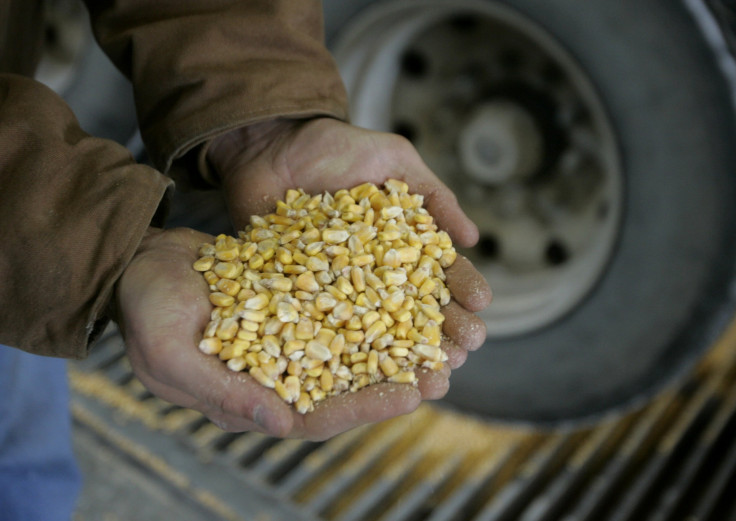EPA Biofuel Policy Could Push Up Gas Prices: Congressional Budget Office

If the U.S. Environmental Protection Agency doesn’t lower mandates for the amount of biofuels refineries must blend into gasoline, prices for gas and food could rise without curbing greenhouse gas emissions, according to the nonpartisan Congressional Budget Office report.
The EPA’s final 2014 biofuel quotas, which are already seven months behind schedule, are now due by the end of June.
Biofuels, such as ethanol and biodiesel, are transportation fuels made from materials like corn, barley or recycled restaurant grease and are usually blended into petroleum fuels like gasoline, though they can also power engines on their own. Though high ethanol blends are cheaper than gasoline, biofuels are usually more expensive than fossil fuels, and they usually produce less air pollution, according to the U.S. Energy Information Administration.
Federal law requires the use of 18.15 billion gallons of biofuel this year, but the agency is considering a controversial proposal to slash the quota to 15.21 billion gallons.
Meeting the EPA’s current Renewable Fuel Mandate would require increasing amounts of ethanol and biodiesel to be blended into U.S. fuel supplies each year through 2022 and would push ethanol levels in gasoline higher than the 10 percent that U.S. gas stations currently sell. The law was created in 2005, when demand for gasoline was expected to continue increasing. Instead, gasoline demand has fallen with the sluggish economy and as Americans began driving fewer miles in more fuel-efficient cars.
If the EPA doesn’t revise down its 2014 mandates to reflect the shift in driving habits and fuel demand, costs would rise for petroleum refineries and raise gasoline prices by 13 cents per gallon to 26 cents per gallon and diesel prices by 30 cents per gallon to 51 cents per gallon by 2017, according to the CBO’s report released on Thursday. The higher costs would also encourage fuel suppliers to sell higher ethanol blends like 85-percent ethanol fuel.
Since about 40 percent of the U.S. corn supply is used to make ethanol, the extent to which the RFS increases corn ethanol demand will raise corn prices by as much as 6 percent along with the prices of foods made with corn, including meat, poultry, dairy products and anything sweetened with corn-syrup, the report says.
Different types of renewable fuels emit different amounts of pollution, so emissions estimates vary among researchers, CBO notes.
“However, available evidence suggests that replacing gasoline with corn ethanol has only limited potential for reducing emissions and some studies indicate that it could increase emissions,” the report states.
© Copyright IBTimes 2024. All rights reserved.






















